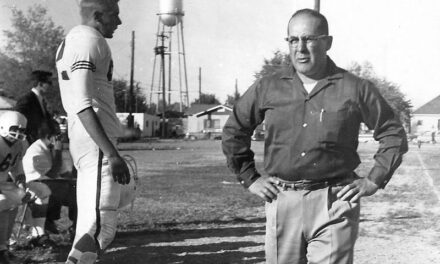With all the discussions on water in New Mexico, it may be good to review where we find water on earth.
The diagram illustrates the distribution of water on our planet. By far most of Earth’s water (97 percent) is saline water in the oceans, and of the 3 percent of freshwater, the majority (nearly 80 percent) is in ice caps and glaciers.

Submitted photo
Groundwater constitutes 20 percent of freshwater. Note that this also includes deep aquifers which may retain brackish, high-salinity water. Deep aquifers in Valencia County are suspected to contain brackish water, which may in the future need to be accessed and desalinated to satisfy our water needs.
The thick sediments in the Albuquerque-Belen area contain very large amounts of water. As reported in the excellent 2011 book “Reining in the Rio Grande” by Fred Phillips and others, in the 1940s the aquifers under Albuquerque were thought to hold an accessible volume of water as large as Lake Erie.
But world-famous hydrogeologist, C.V. Theis, who worked in Albuquerque, demonstrated that within five years of pumping, a well located one mile from the Rio Grande would be extracting 75 percent of its water from the Rio Grande.
That finding provided the understanding of interaction between groundwater and surface water and cleared the way to requirements for groundwater extraction management.
According to the New Mexico Environmental Department, about 78 percent of New Mexicans depend on ground water for drinking water; 81 percent of New Mexicans are served by public systems with water derived from ground water sources and over 170,000 New Mexicans depend on private wells for drinking water.
Ground water makes up nearly half of the total water annually withdrawn for all uses in New Mexico, including agriculture and industry. The current groundwater extraction rates in New Mexico and all over the world exceed the recharge from rain and snow, resulting in gradual depletion of groundwater resources.
(Paul Parmentier, a certified professional geologist retired from California and living in Los Lunas, shares the rich geologic features in Valencia County. He earned a Bachelor of Science degree in geology from Belgium and a master’s degree in geochemistry from Japan. The Geology Landscapes of Valencia County are featured monthly.)
















